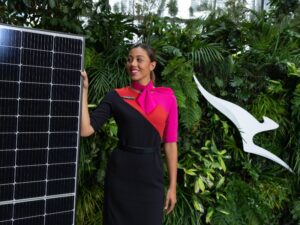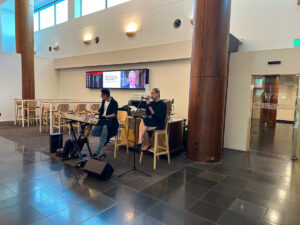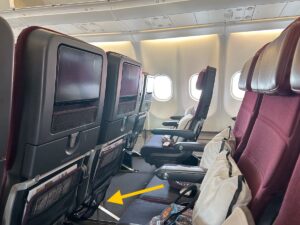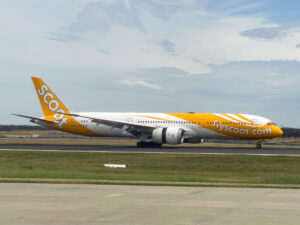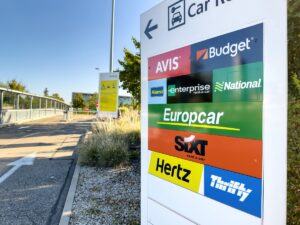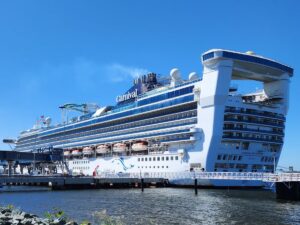Partnerships versus alliances, what does it mean for you as the frequent flying customer? One of the biggest changes in recent years has been the move away from the three main global alliances – One World, Star and Skyteam, to partnerships between two airlines offering benefits to each others customers.
Codeshares have been around a long time, and the term was pioneered by Qantas and American Airlines for their services in 1989. With codeshares while you may be booked on Airline X’s number, Airline Y is actually operating the flight. Now this arrangement can catch the traveller off guard when it comes to the frills or just the basics, such as luggage and lounge access. The Alliances often are a case of too many chefs in the kitchen that a new airline needs to work with, partnerships or a virtual network is easier to set up and sometimes more flexible. This is the route Virgin Australia has taken for their international expansion in the last few years.
Our member Kolo decided to put this virtual network to the test, flying Singapore, Virgin Atlantic, Delta and Virgin Australia through Asia and the US as a Velocity Platinum member to see how it works.
Partnerships between airlines are not the only thing changing with hotels now partnering up with airlines, with Delta and Starwood 6 months into a new partnership that even extends to the inflight bedware
There’s plenty of room, Westin branded duvet and 2 pillows – large and small. The AVOD screen is the largest I’ve seen in Business, and possibly First.
So how do the partnerships perform when things are normal, how is Kolo treated when things go pear shaped, what was the best lounge and who had the best flight crew?
Follow the discussion HERE.



